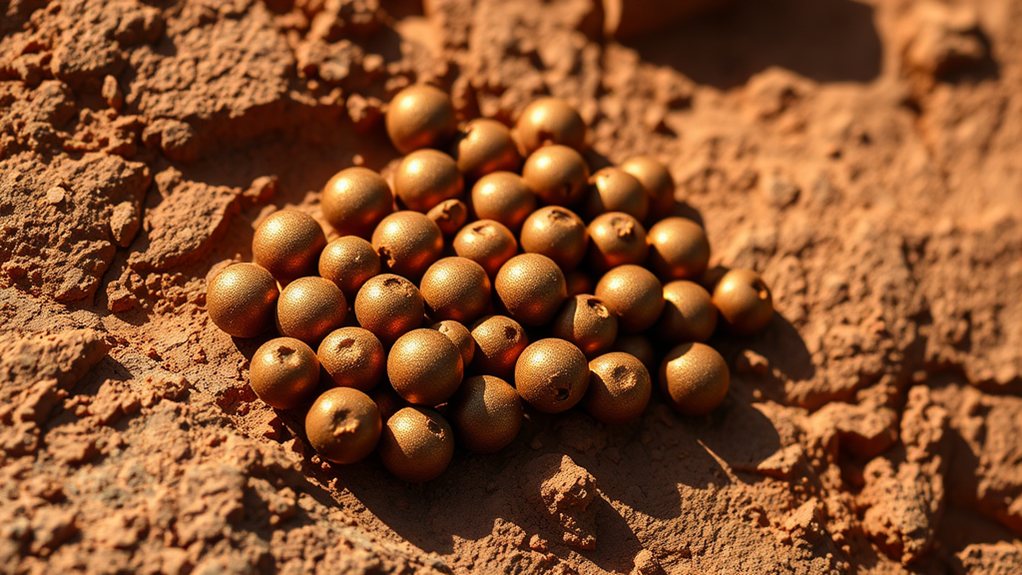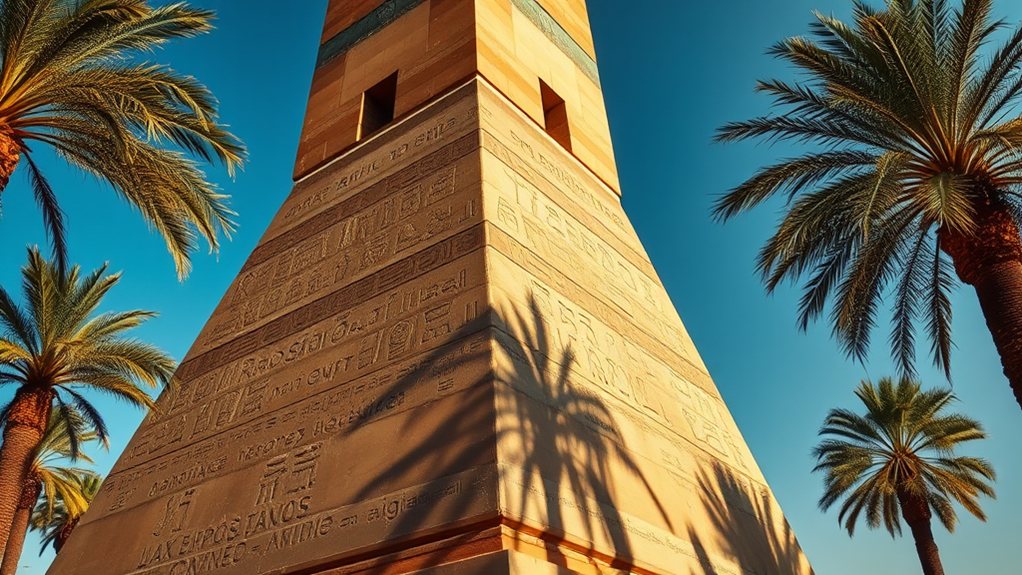
While exploring the rim of Mars’ Jezero crater, NASA’s Perseverance rover has discovered a fascinating rock covered in hundreds of tiny spheres. The unique formation, nicknamed St. Pauls Bay by the rover’s science team, was found at a location called Broom Point and captured using the rover’s SuperCam Remote Micro Imager.
You’ll notice these spherules vary in size and shape, with some appearing long and elliptical while others have angular edges. The millimeter-sized formations give the rock a bubbly appearance that’s quite different from other Martian rocks discovered so far. Some of these mysterious spheres even contain tiny pinholes, adding to their unusual characteristics.
Scientists are currently exploring two main possibilities for how these spherules formed. One theory suggests they’re concretions that developed when water interacted with the rock’s pores. The other hypothesis points to volcanic processes as the potential creator of these peculiar formations. Understanding the geological context of the area will be essential in determining their true origin.
The mysterious Martian spherules could be evidence of ancient water interaction or volcanic activity, with both theories under investigation.
The discovery has sparked considerable interest among both scientists and the public. While some observers have humorously compared the rock’s appearance to various Earth objects, others are seriously discussing the implications for Mars’ geological history. The finding is particularly significant as it could provide new insights into the red planet’s past environmental conditions.
The Perseverance Science Team continues to analyze the rock as part of their broader investigation into signs of ancient water on Mars. This discovery at Jezero crater adds another piece to the puzzle of Mars’ complex geological history.
The team’s careful documentation of these spherules will help determine whether they formed through water-related processes or volcanic activity, potentially revealing new details about Mars’ past environment. As the rover continues its mission, you can expect more fascinating discoveries that will help unravel the mysteries of our neighboring planet.






